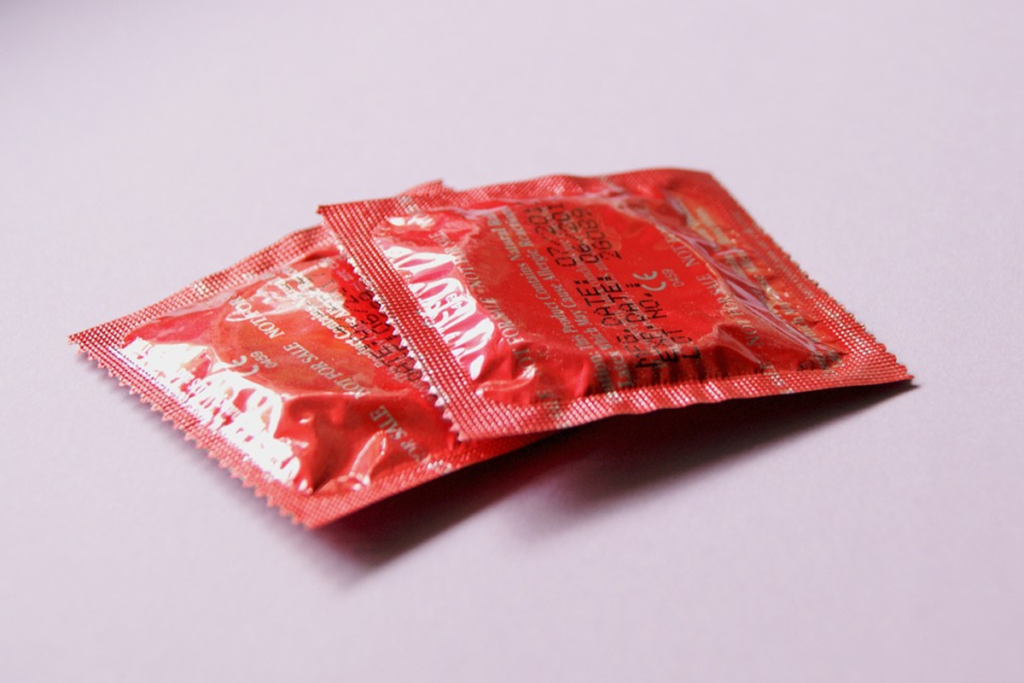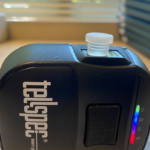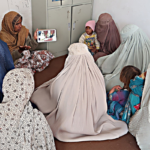Most people assume that when they use health products, these products will do what they are supposed to. For example, if you are prescribed a medication, you expect that pharmaceutical product will treat your condition and make you feel better. Some local markets in developing contexts, however, are at more risk for poor-quality health care products. Substandard or falsified pharmaceuticals are prominently reported in the literature, but less so for medical devices. For illustration, I did a quick PubMed search using the following keywords: poor, quality, products, and market. In the first 40 results, I found 15 references related to pharmaceuticals and none related to medical devices (the others related to issues for food and sanitation). However, medical devices play just as vital a role in achieving global health goals as medicines.
After local concerns of potentially poor-quality male condoms in the Dominican Republic market, our PQC research team was commissioned to conduct quality control testing to identify the suspect products, which then facilitated the removal of the poor-quality product through action by the local regulatory authority. Here I describe our findings. You can read our full evaluation results in PLOS ONE.
Our approach and findings
Our PQC research team, led by Steve Hamel, tested samples from ten different condom brands obtained from the local market through a close collaboration with USAID and Dominican Republic authorities. Using international standards and methods, we tested the condoms for freedom from holes, airburst (pressure and volume), package seal integrity, visual defects, packaging and marking, dimensions, and lubricant quantity. We observed many of the tested condom brands to have significant quality problems for freedom from holes and airburst properties, including issues with product labeling.
Our results showed poor performance for both the barrier properties and for the physical integrity of the latex, indicating an increased risk of unwanted pregnancies or transmission of sexually transmitted infections. When projecting our results onto the Dominican Republic market, we concluded a significant number of end users could potentially be at risk if this level of defective condoms were present on a larger scale. Dominican Republic regulatory authorities then worked proactively to alert citizens and remove the defective products from the market. Working closely with the regulatory body from the outset ensured this successful response.
Why this study is important
Although commonly considered in the context of medicines, poor-quality products typically arise from three main sources: poor manufacturing; improper storage in the field; and the proliferation of falsified products (Newton et al., 2011). Falsified and substandard products are not limited to pharmaceuticals or medicines though. Medical devices can also have quality problems. The significant risk of poor-quality condoms found in our study threatened family planning needs and HIV epidemic control.
Our study exemplifies the need for further advocacy to strengthen manufacturing processes, storage conditions and improved regulatory capacity for pharmaceuticals and medical devices, including in-vitro diagnostics, biologicals and vaccines, foods, pesticides and other health technologies. To appropriately safeguard the public and prevent circulation of poor-quality products in the market it is imperative to move away from singular or siloed approaches that focus only on pharmaceuticals. Expanding quality assurance approaches to comprehensively address all health commodities – like medical devices and condoms – can better prevent, diagnose and treat public health concerns.



